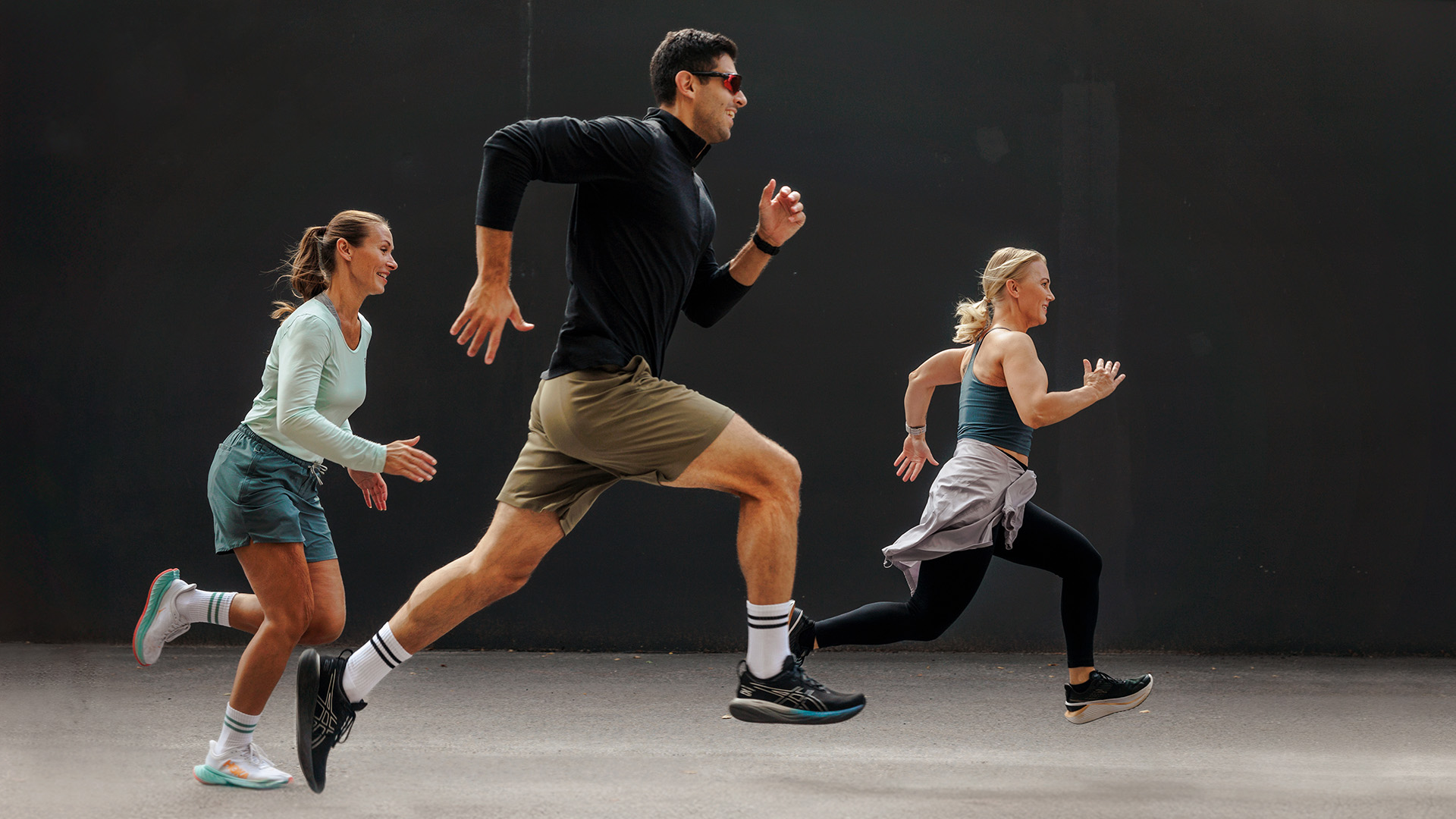

The best running watch is the most versatile fitness wearable money can buy if you're a runner (this is probably obvious). These GPS wearables are more than expensive smartwatches – top-tier running watches from brands such as Garmin, Polar, Suunto, and Coros can help you run and work out better, faster and more efficiently.
If you've only used the best fitness trackers and best smartwatches for tracking your runs before, getting even a beginner running watch will feel like you've supercharged your training, even though the gap between GPS running watches and fitness bands is closing. To put it bluntly, you'll need a running watch if you take running training seriously.
For slower movers who want to know where they're going, we recommend investing in the best hiking GPS instead. Triathletes better peruse our best triathlon watch guide, although admittedly, there is an overlap between the two. Finally, we have a dedicated best Garmin watch guide and a definitive list of the best cheap Garmin deals roundup if that's what you're after.
Our current favourite running watch is the ever-so-amazing Garming Forerunner 165; it's a superb, affordable running wearable with heaps of features for beginners and intermediate runners alike. Runners on the budget should check out the Coros Pace 3. For a more mid-range option, the Forerunner 255 is an excellent option.
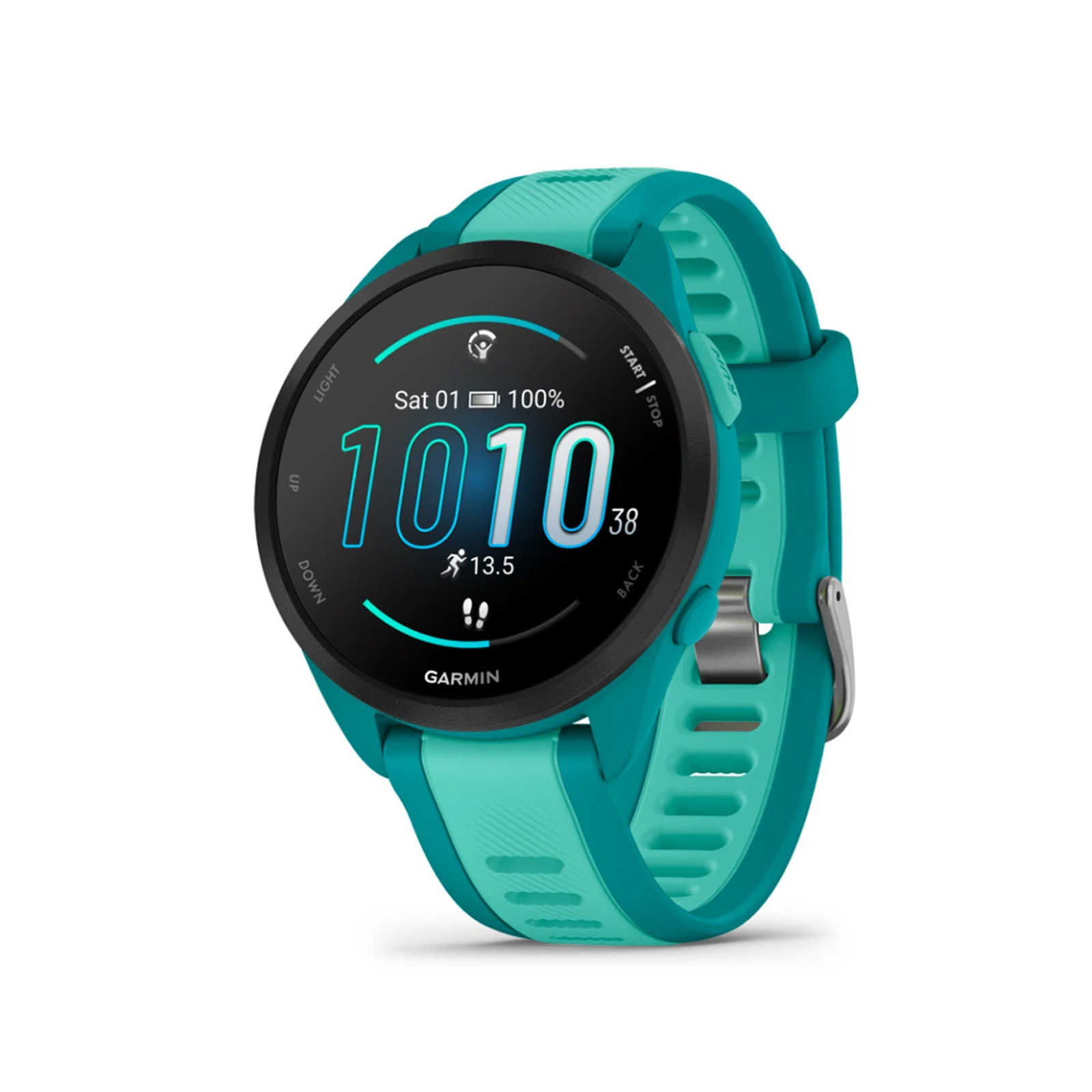
The Garmin Forerunner 165 offers a balance of affordability, data accuracy and functionality with its AMOLED touchscreen, single-band GPS, and various training features. Despite some omissions, its lightweight design and accurate tracking make it a compelling option for beginner and intermediate runners.
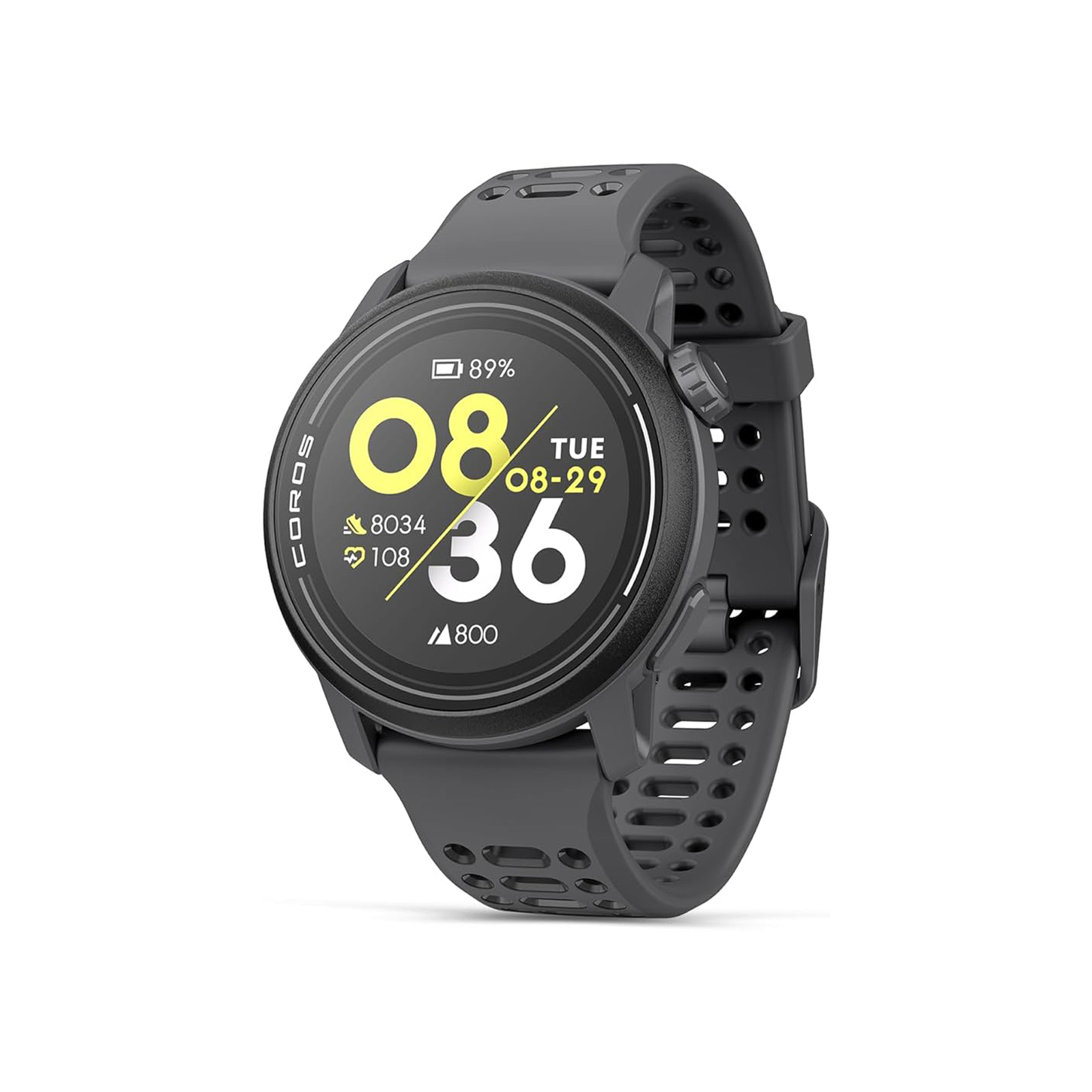
The Coros Pace 3 is a terrific smartwatch for runners that offers upgraded sensors and tons of features for not a lot of money. It's not the sexiest running wearable, but if you're on a budget and need a reliable training partner to monitor progress and recovery, you can't go wrong with the Coros Pace 3.
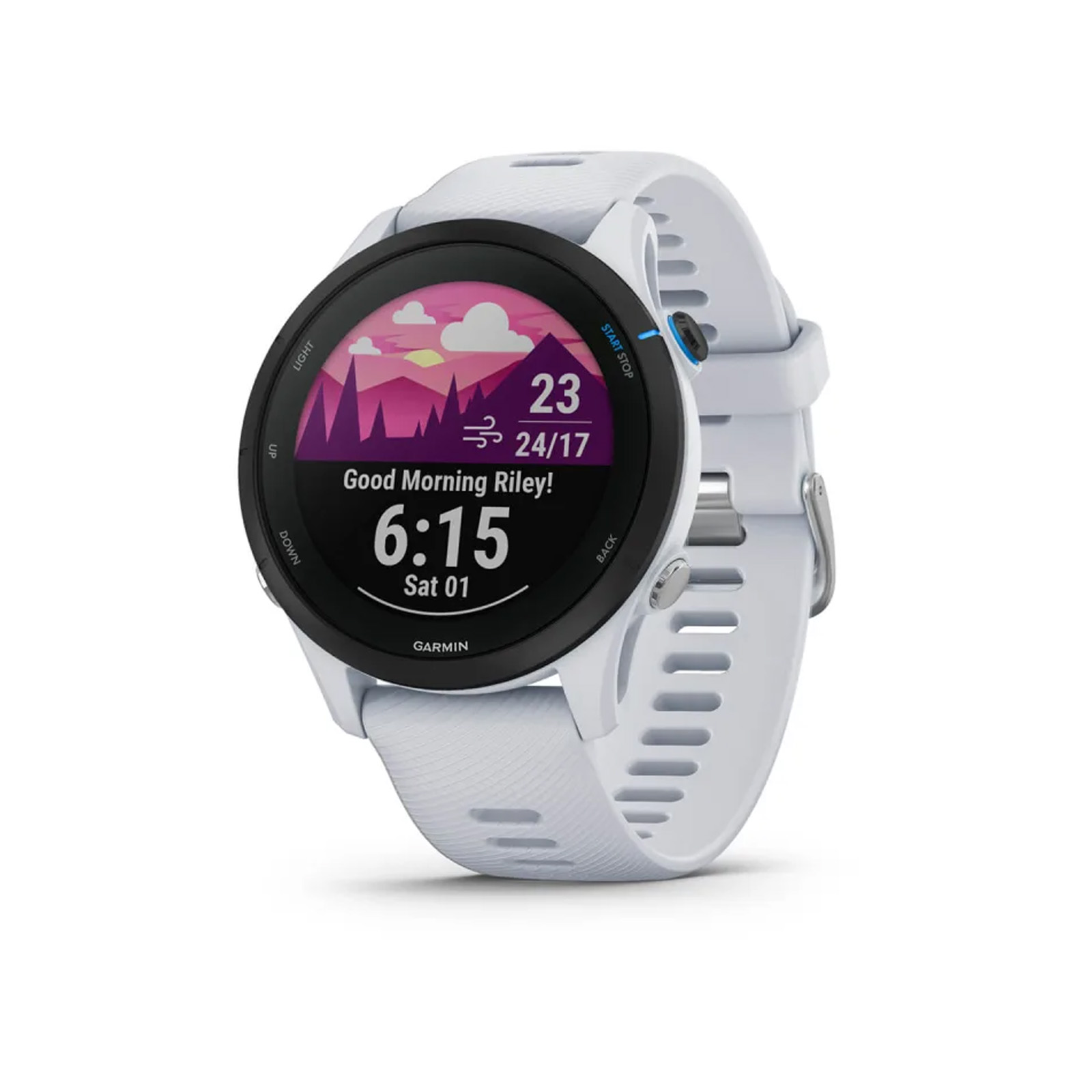
The Garmin Forerunner 255S impresses with its robust features, making it a standout choice for runners and multisport athletes. Its advanced training, recovery tools, and triathlon support justify the price, though lack of AMOLED and solar options are noted drawbacks.
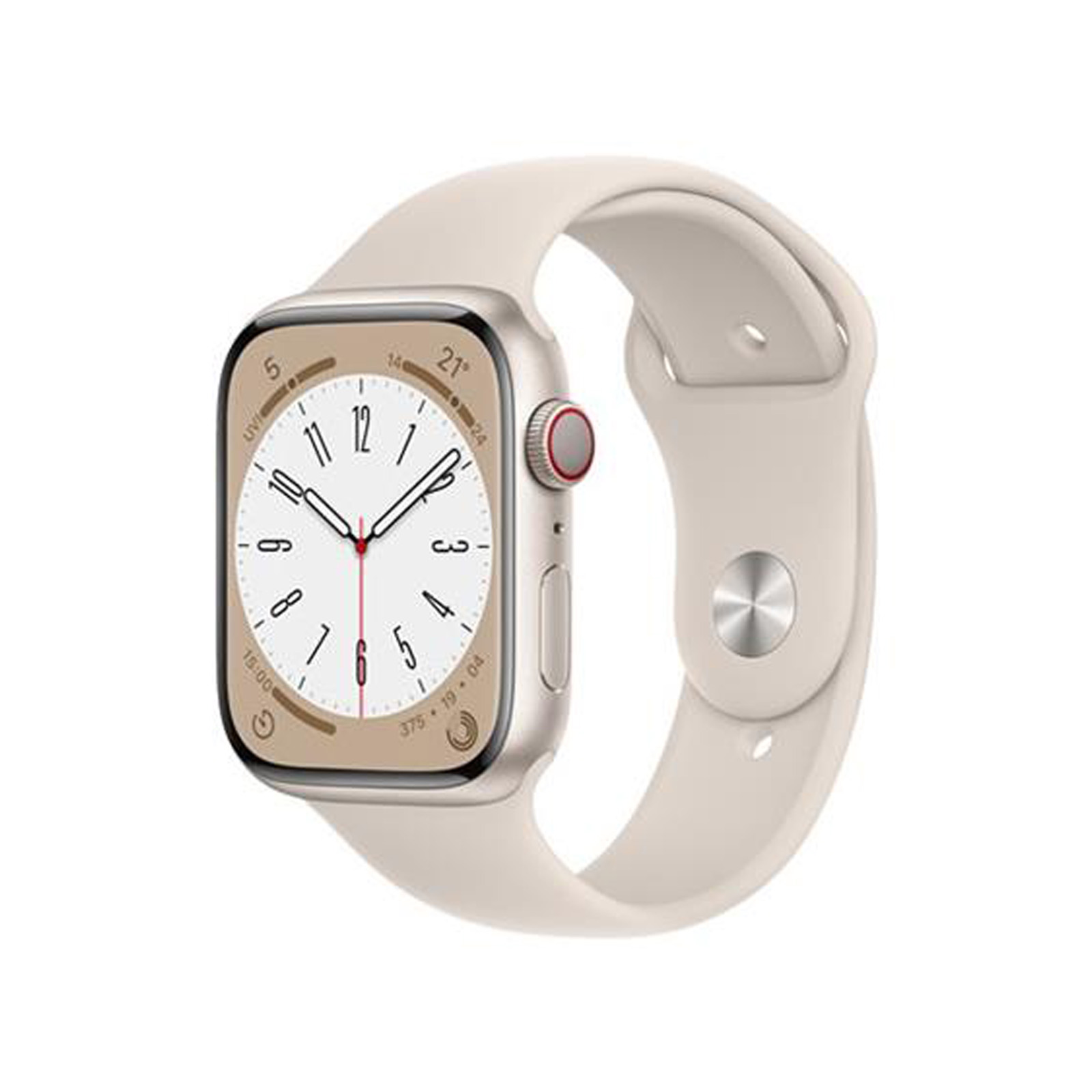
The Apple Watch Series 8 excels as a running companion, offering advanced metrics like stride length, vertical oscillation, and ground contact time. With new features like native running power and personalised heart rate zones, it’s a top choice for beginner runners.
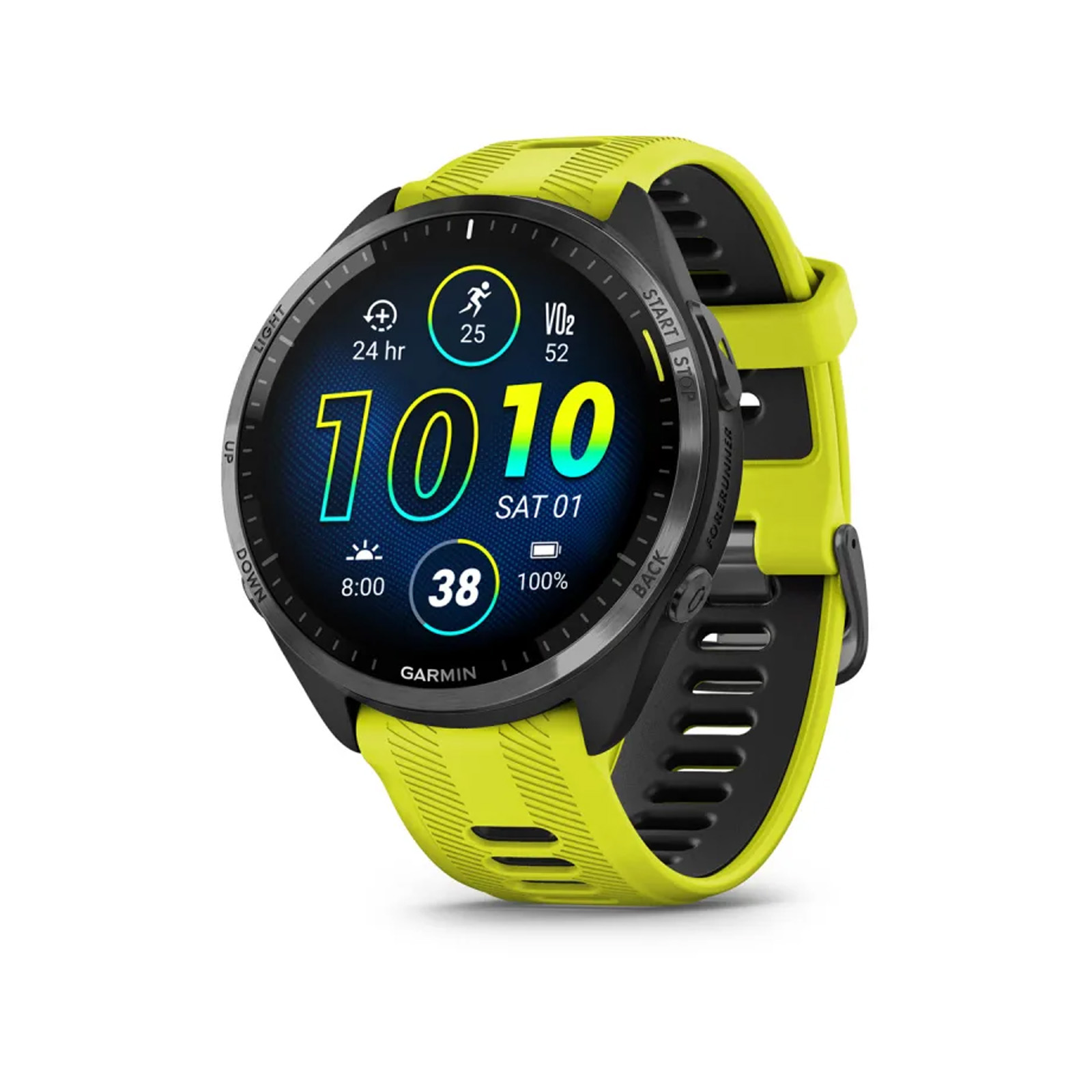
The Garmin Forerunner 965 stands out as an exceptional running watch, featuring a bright and responsive AMOLED display, lightweight design, and robust multisport capabilities. It offers precise GPS and heart rate tracking, making it ideal for serious runners seeking top-tier performance and advanced training tools.

The Huawei Watch GT Runner is a solid running watch with lightweight design, accurate GPS, and continuous AI audio feedback. While it falls short of Garmin in features and has small data fields, it offers good value for beginners or those seeking a basic yet effective running companion.
Best running watches to buy right now
Best overall
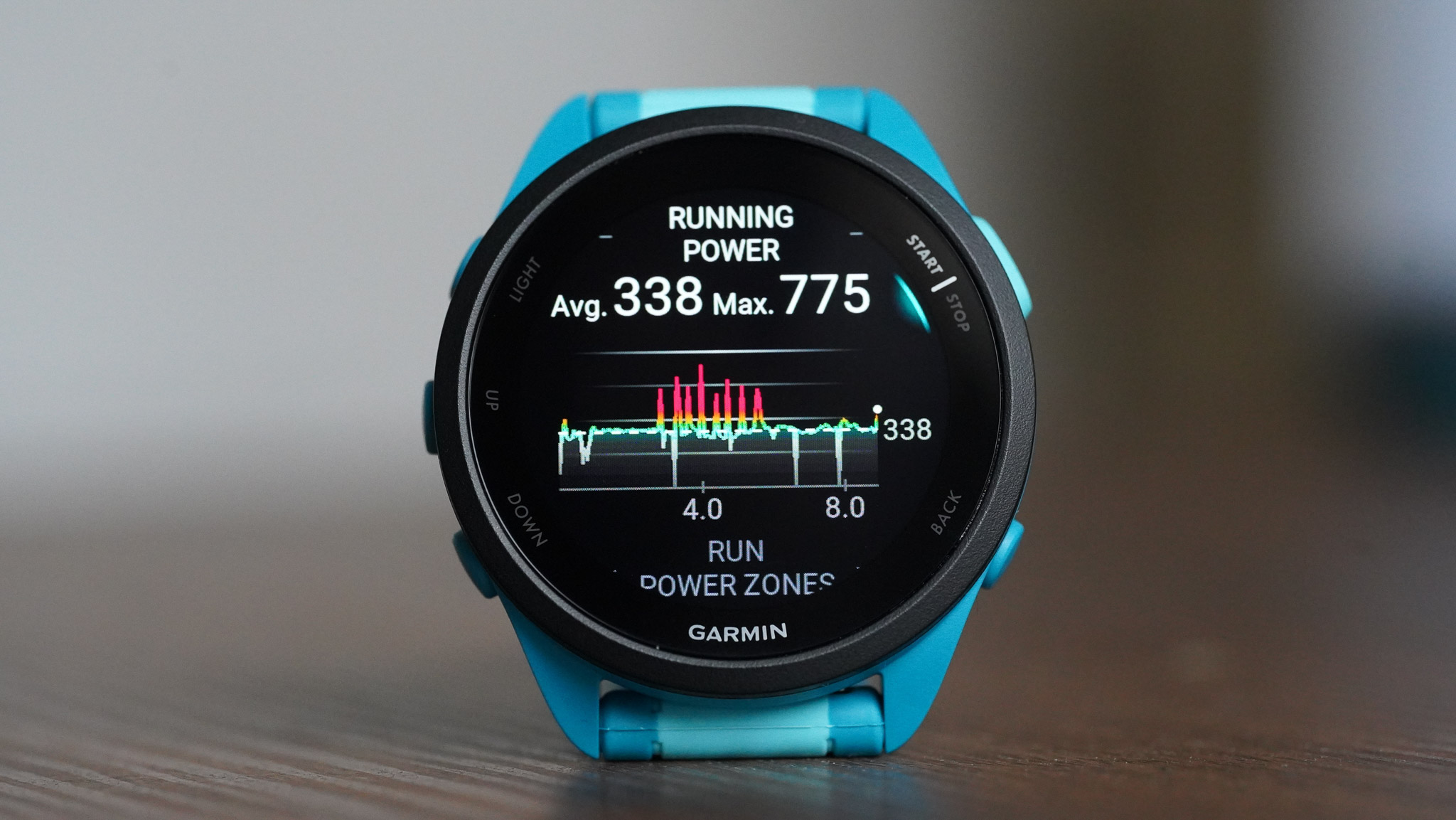
Specifications
Reasons to buy
Reasons to avoid
The Garmin Forerunner 165 is the best running watch right now, as it offers an excellent balance between affordability, accuracy and functionality.
With its AMOLED touchscreen display, single-band GPS, and various training features, it fills a gap in the market for dedicated running watches. Despite lacking some advanced features found in higher-end models, its lightweight design, accurate tracking, and reasonable price make it a compelling choice for runners.
Positioned between entry-level running watches and multisport models, the Forerunner 165 competes well within its category. Its introduction adds diversity to Garmin's lineup and offers a more accessible option for runners seeking a reliable training companion.
Despite its competitive pricing, the Forerunner 165 boasts a durable design, impressive tracking performance, and sufficient battery life for most users. Overall, it stands out as one of the most capable dedicated running watches released recently, appealing to runners of all levels.
Read our full Garmin Forerunner 165 review.
Best affordable
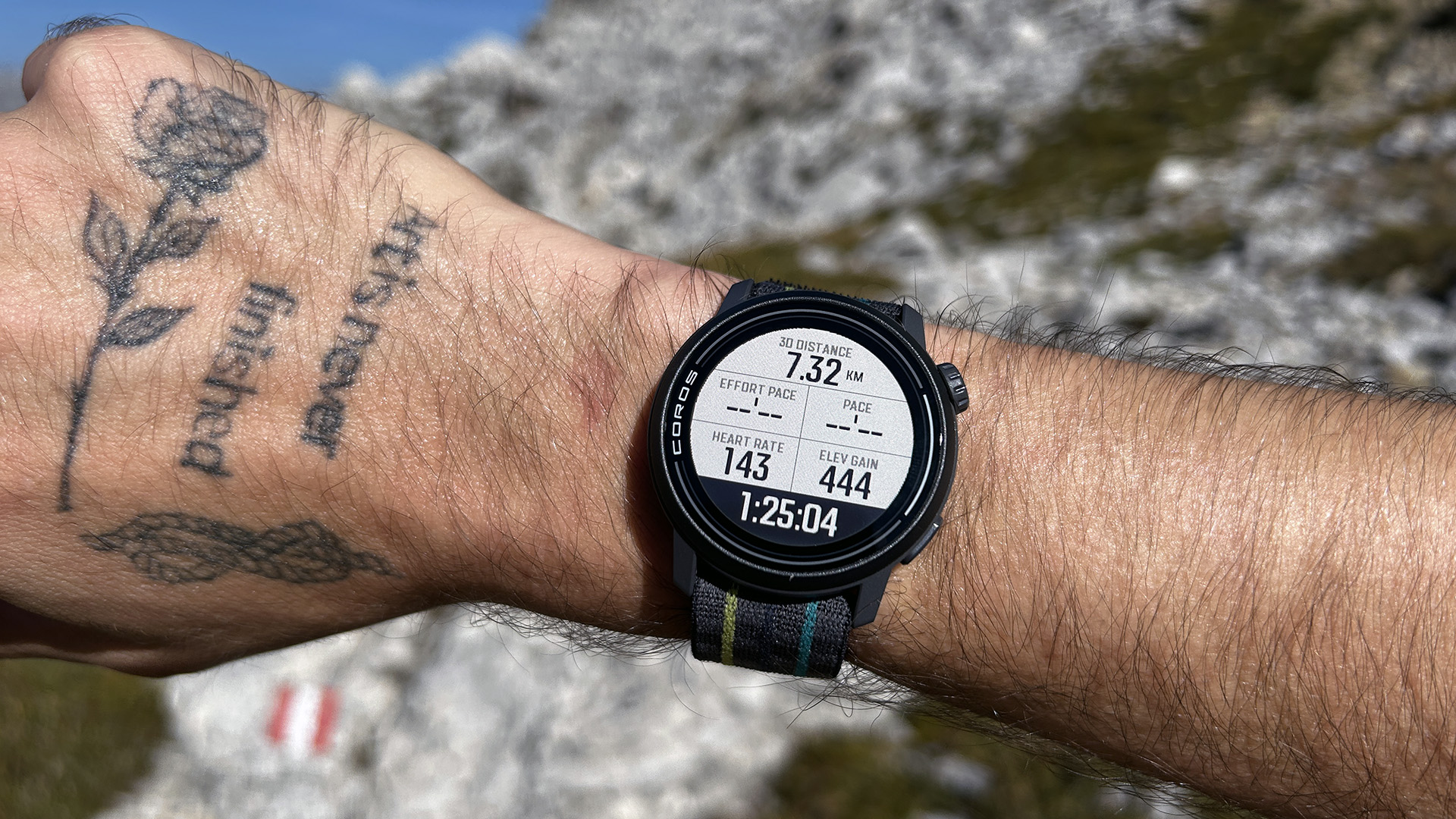
Specifications
Reasons to buy
Reasons to avoid
The Coros Pace 3 is an exceptional choice for runners seeking affordability without compromising on functionality. The upgraded sensors and features elevate the watch's performance, offering precise GPS tracking and accurate heart rate monitoring.
Despite its budget-friendly price, the Pace 3 doesn't skimp on battery life, lasting up to 24 days in smartwatch mode and up to 38 hours with GPS activated. The addition of touchscreen functionality and offline music capability enhances its appeal, although some users may find the touch interactions less smooth compared to pricier alternatives.
While the design retains the lightweight and minimalist approach of its predecessor, it may feel outdated to some users. However, for dedicated athletes prioritising performance over aesthetics, the Coros Pace 3 delivers where it matters most. Its focus on essential training features, including Running Fitness and Training Load estimations, Recovery Time suggestions, and sleep tracking, caters to the needs of serious runners.
Read our full Coros Pace 3 review.
Also consider: the predecessor Coros Pace 2 is the spitting image of the Pace 3 but used older sensors and GPS unit. Fully loaded with useful training features, the Pace 2 is almost irresistible to runners on a tight budget.
Best mid-range
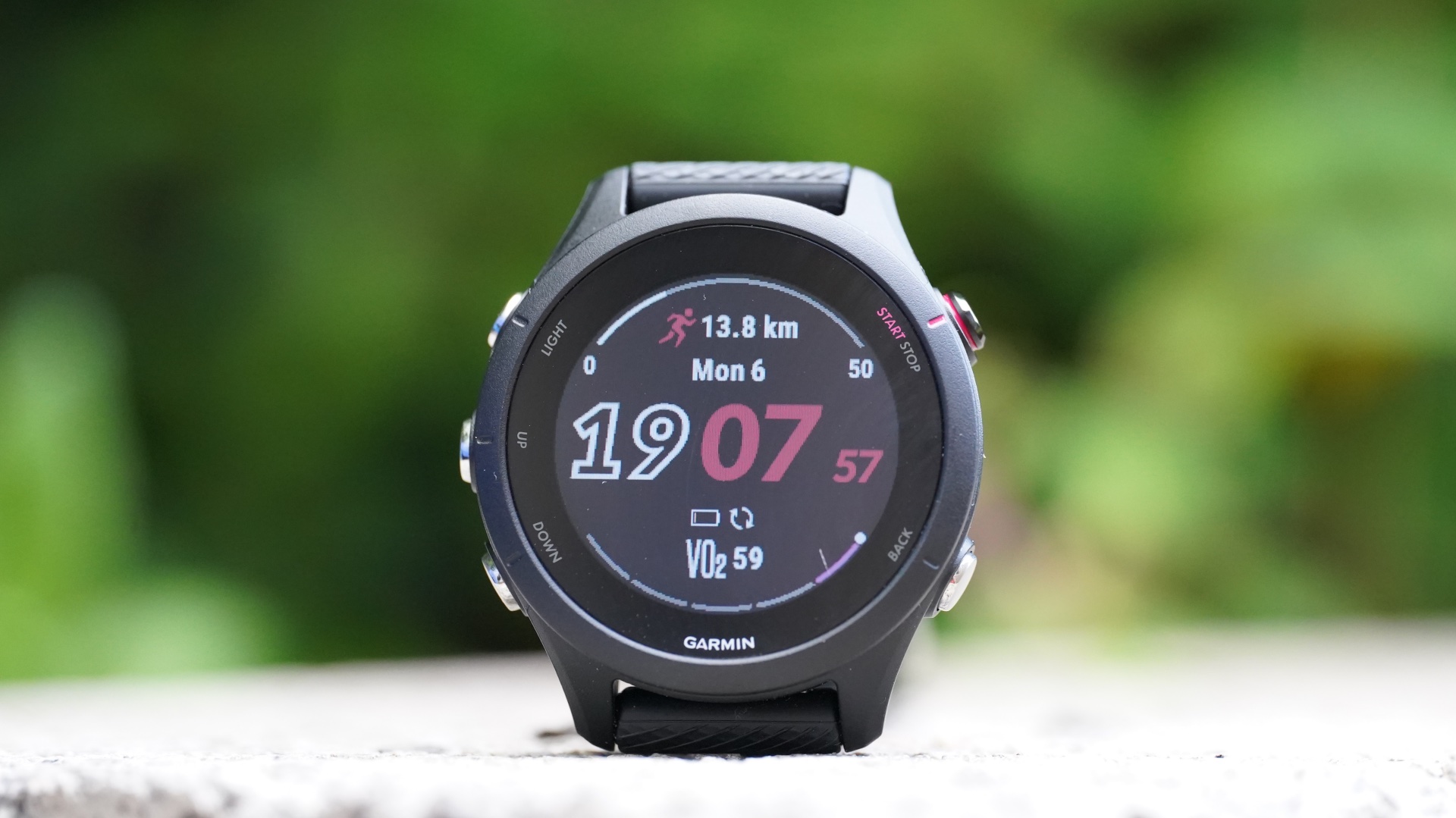
Specifications
Reasons to buy
Reasons to avoid
The Garmin Forerunner 255 is a compact powerhouse tailored for runners and multisport athletes. It excels in delivering advanced running metrics, making it a top choice for serious runners.
The wearable tracks essential metrics such as VO2 max, running dynamics, and heart rate variability, providing valuable insights into training and recovery. Its lightweight design ensures comfort during long runs, and the GPS accuracy is impressive, offering precise route tracking.
The Forerunner 255 also supports multi-sport modes, appealing to triathletes and those who cross-train. The addition of music storage, Garmin Pay, and smart notifications enhances its versatility beyond just fitness tracking. The battery life is robust, lasting up to 14 days in smartwatch mode, which is particularly useful for those who train extensively.
While it lacks an AMOLED display and solar charging, the Forerunner 255’s focus on performance, detailed analytics, and small form factor make it a standout in the running watch category. For athletes looking for a feature-rich, reliable, and compact running companion, the Garmin Forerunner 255 is an excellent investment that punches well above its weight.
Read our full Garmin Forerunner 255 review.
Also consider: the updated Garmin Forerunner 265 offers long battery life, dozens of helpful training and recovery features, exciting colour options, and a pretty AMOLED touchscreen display to boot. It probably isn't worth the upgrade for those who bought the Forerunner 255 Music, but the watch has plenty of new features and better sensors to justify the price for owners of older Garmin watches.
Best for beginners
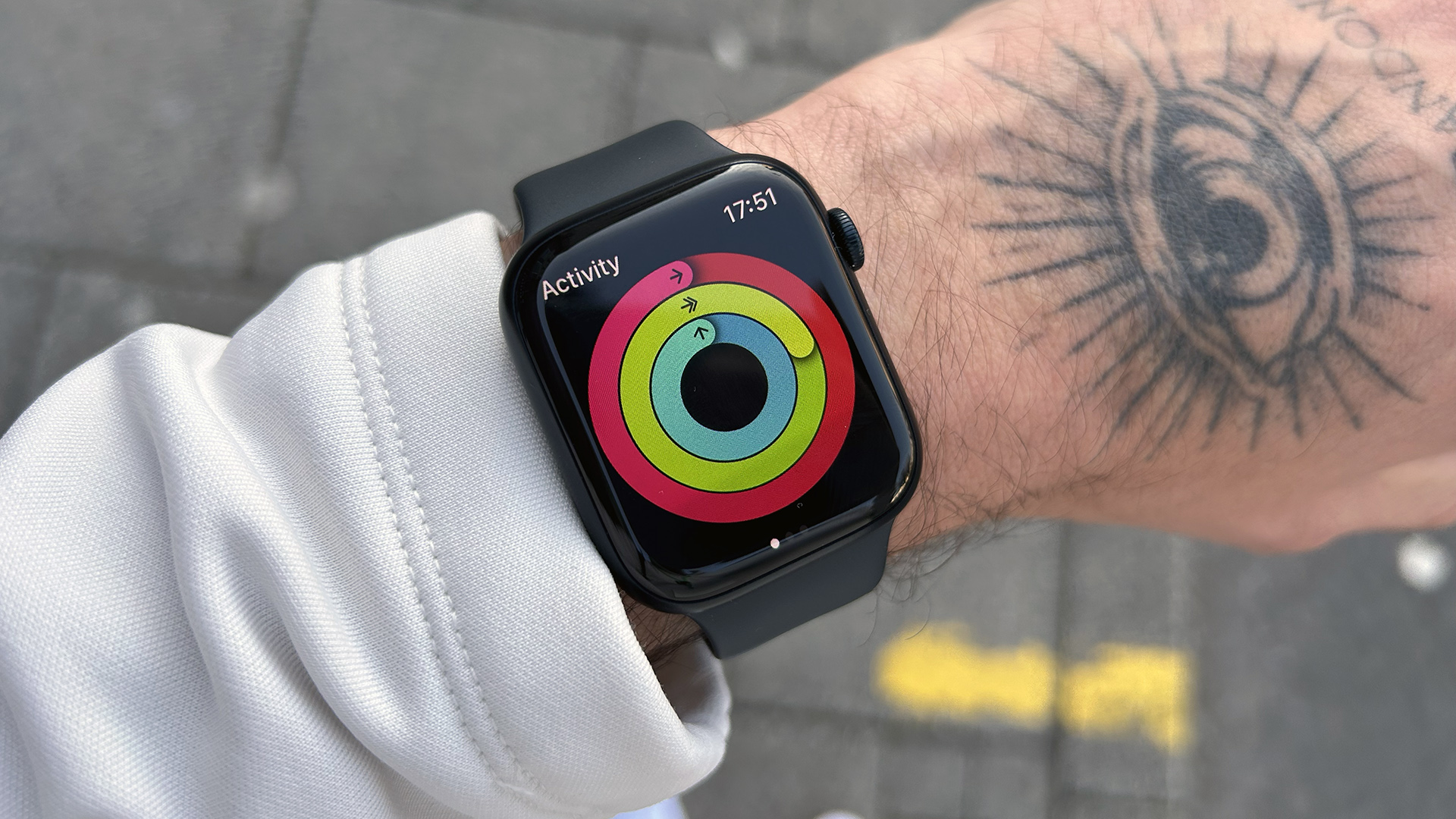
Specifications
Reasons to buy
Reasons to avoid
The Apple Watch Series 8 surprised us with its running prowess during testing. It allows you to train using personalised Heart Rate Zones based on your estimated max heart rate and resting heart rate saved in the Health app (you can also manually create zones).
Personalised heart rate zones can help you train better and understand the strain on your body more easily. It's been used in the best running watches for a while, and it's nice to see the Apple Watch offering it, too.
The WatchOS 9.2 update also added the Race Route feature, which notes the routes you run or cycle most often and allows you to do battle with your own personal best (like racing the ghost of your best time in Mario Kart). Pacer is another new feature that allows you to set a goal for distance and time and prompts you to go faster or slower to meet that target.
The only downside of the Apple Watch Series 8 – always been – is battery life. A full charge will only give you 18 hours of use, although you can boost it to around 24 hours using Low Power mode. For longer battery life and additional features (such as Apple's Precision Start), you might want to consider the Apple Watch Ultra.
Read our full Apple Watch Series 8 review.
Best premium
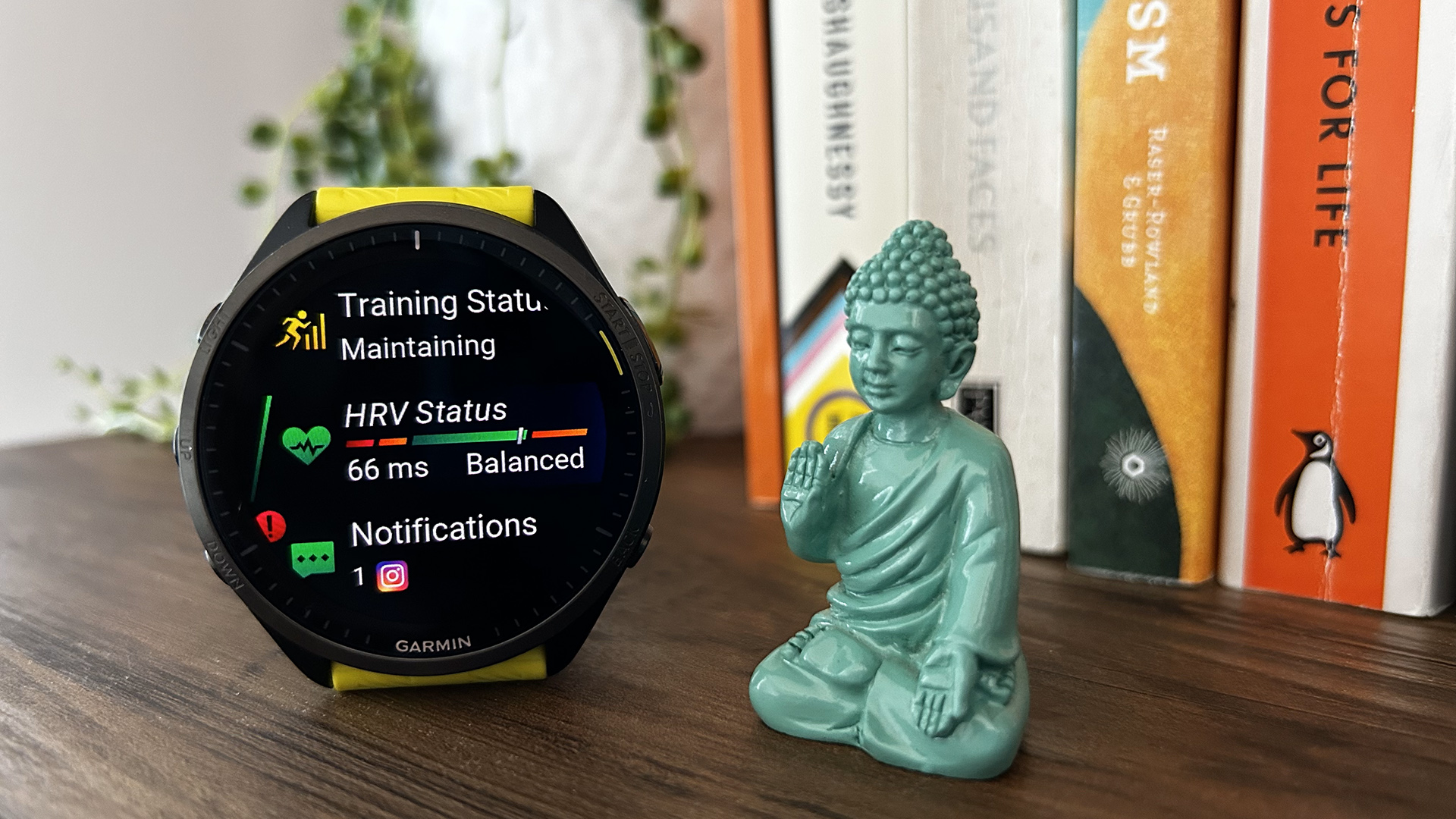
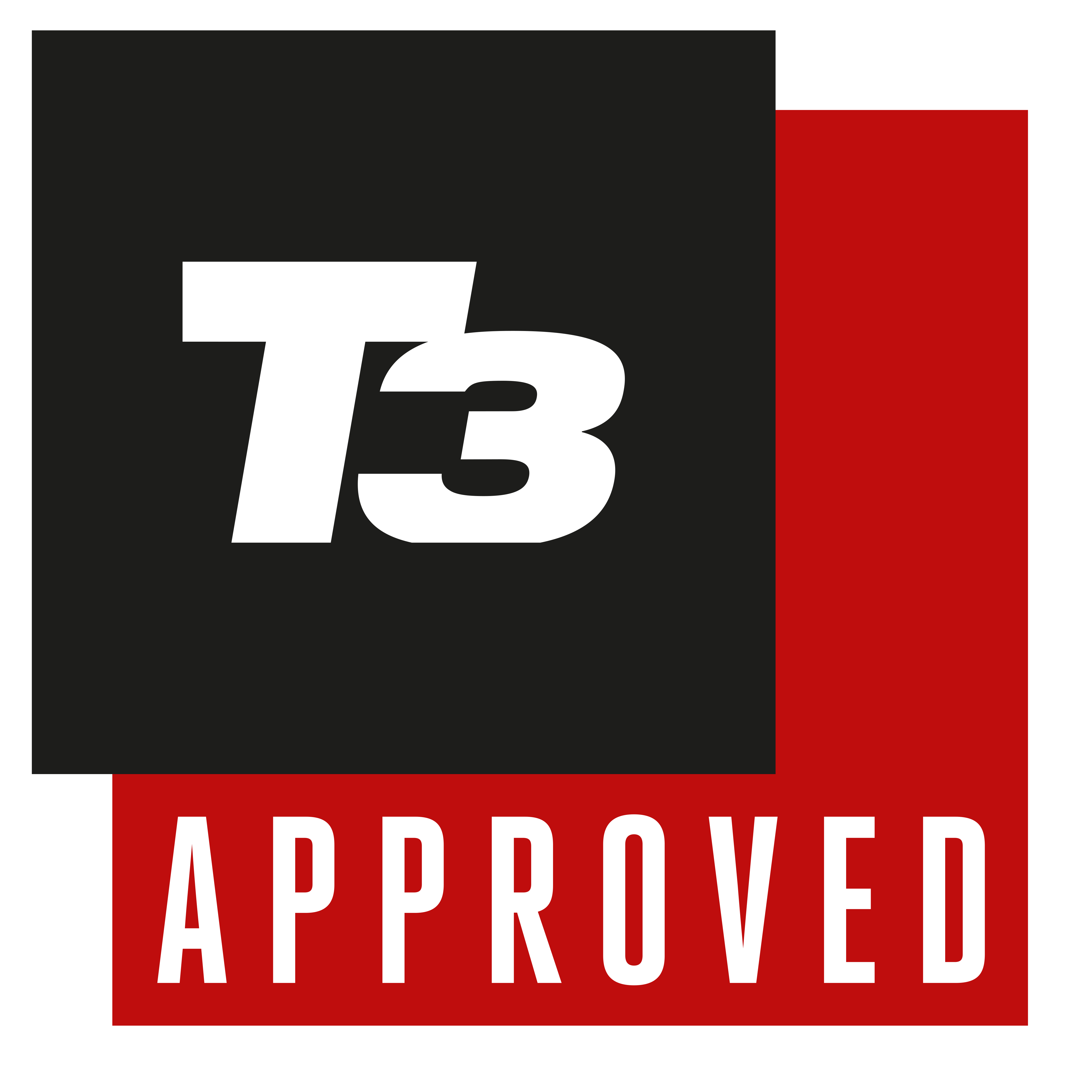
Specifications
Reasons to buy
Reasons to avoid
The Garmin Forerunner 965 is a premium running watch that delivers an outstanding combination of advanced features, performance, and comfort. Its bright AMOLED display is not only visually appealing but also easy to read during outdoor activities.
The watch's lightweight design makes it comfortable for long sessions, while its robust GPS accuracy and extensive health tracking features cater to serious runners and triathletes. It offers personalised training insights, comprehensive workout metrics, and long battery life, even with intense use.
Although it's priced higher than some competitors, the Forerunner 965 justifies the cost with its exceptional performance, making it an excellent choice for athletes who demand the best. Its ability to store maps and music, along with other smart features, adds to its versatility.
For those who want a top-tier running watch that combines innovation with reliability, the Garmin Forerunner 965 stands out as one of the best options on the market. Whether you're training for a marathon or just enjoying regular runs, this watch provides the tools and insights needed to improve performance and track progress effectively.
Read our full Garmin Forerunner 965 review.
Best for real-time feedback
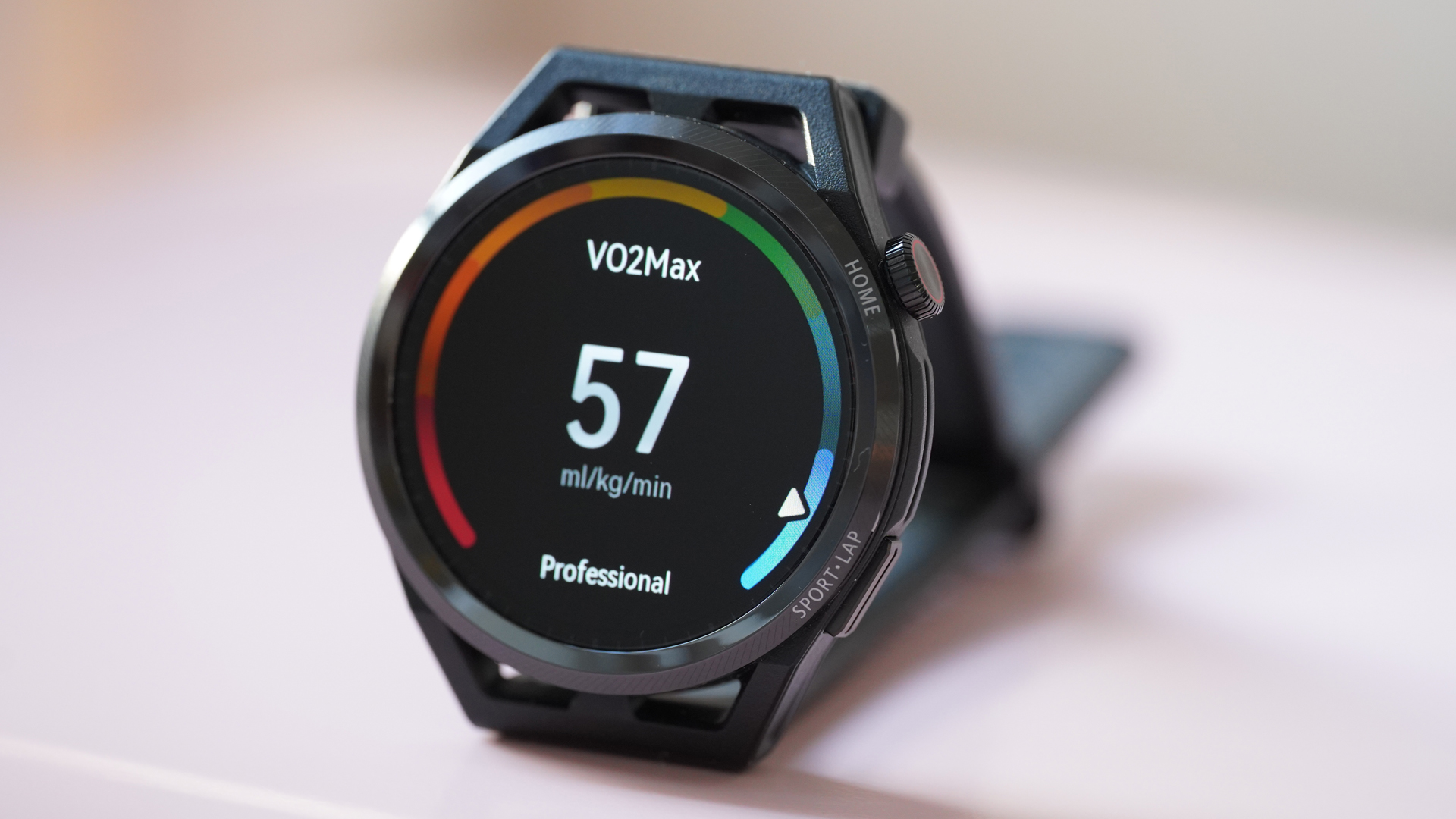

Specifications
Reasons to buy
Reasons to avoid
The Huawei Watch GT Runner is a solid running watch designed for those seeking a reliable, lightweight, and straightforward device. Its standout features include accurate GPS tracking, an AI-powered running coach, and continuous real-time feedback during runs, which provide valuable insights for improving performance.
The watch is comfortable to wear, with a lightweight build that makes it ideal for long training sessions. However, it lacks some of the advanced features found in higher-end competitors, such as Garmin. The data fields can feel a bit limited for more serious athletes, and its ecosystem is not as robust as those offered by other brands.
Despite these drawbacks, the Huawei Watch GT Runner offers good value for beginners and intermediate runners looking for an effective and easy-to-use running companion. Its battery life is impressive, and the design is sleek, making it a versatile option for daily wear as well.
For those not requiring the most advanced features, this watch serves as a solid and affordable option for tracking and improving running performance.
Read our full Huawei Watch GT Runner review.
Best budget
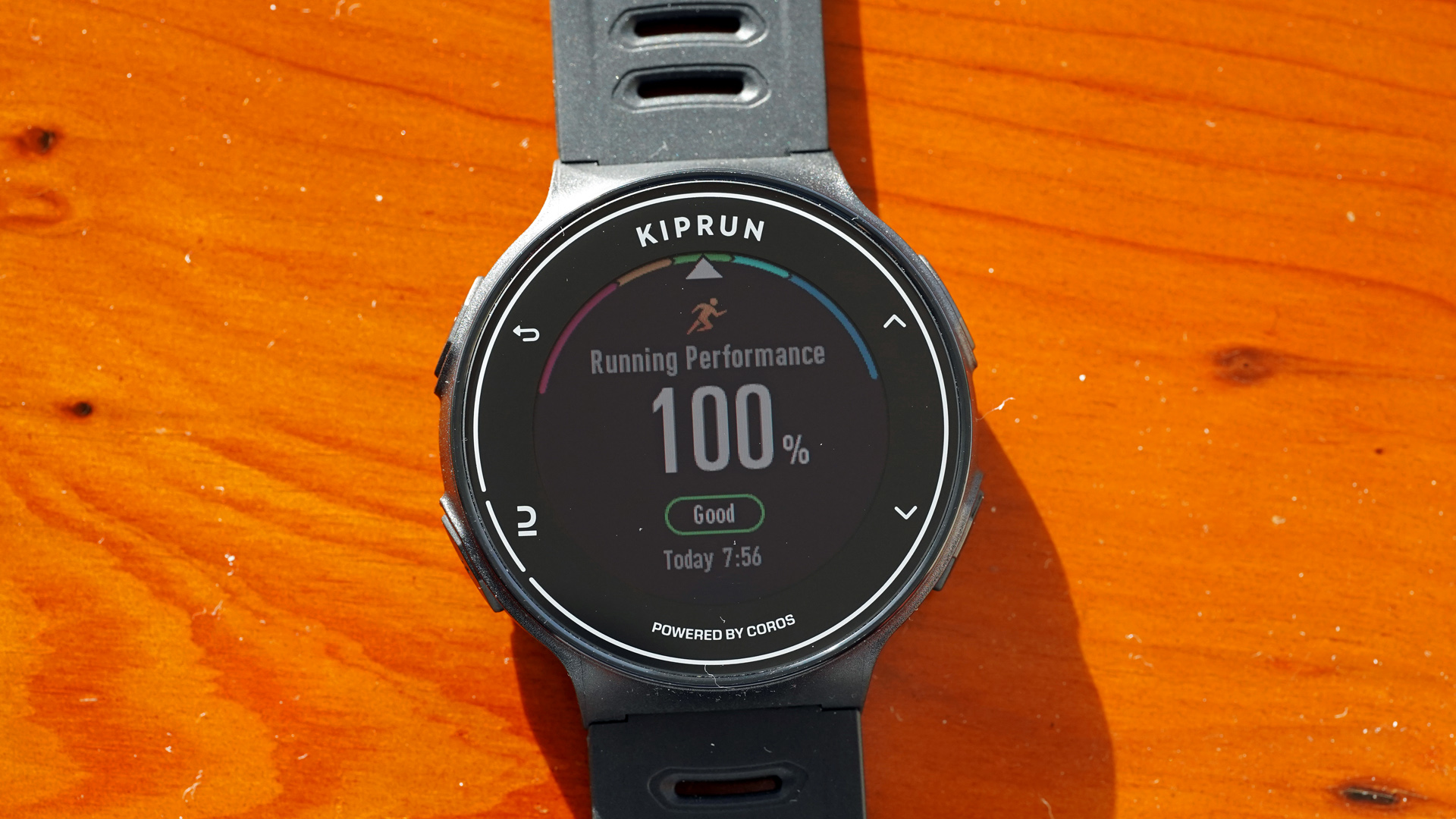
Specifications
Reasons to buy
Reasons to avoid
It might not be the most innovative running watch, but what the Kiprun GPS 500 is supposed to do (i.e. track runs), it does well. It won't recommend specific daily workouts, but it'll tell you your training load and how long you must wait to recover. It might not monitor sleep, stress or heart rate variability, but beginner runners might not need those features anyway.
Get the Kiprun GPS 500 if you need a no-frills, affordable multisport wearable with a long battery life. If you want to buy the Forerunner 255S but buy this watch instead, you can get the On Cloudmonster (one of the best running shoes for training) and still have money left over. Need we say more?
Read our full Kiprun GPS 500 review.
Best for recovery
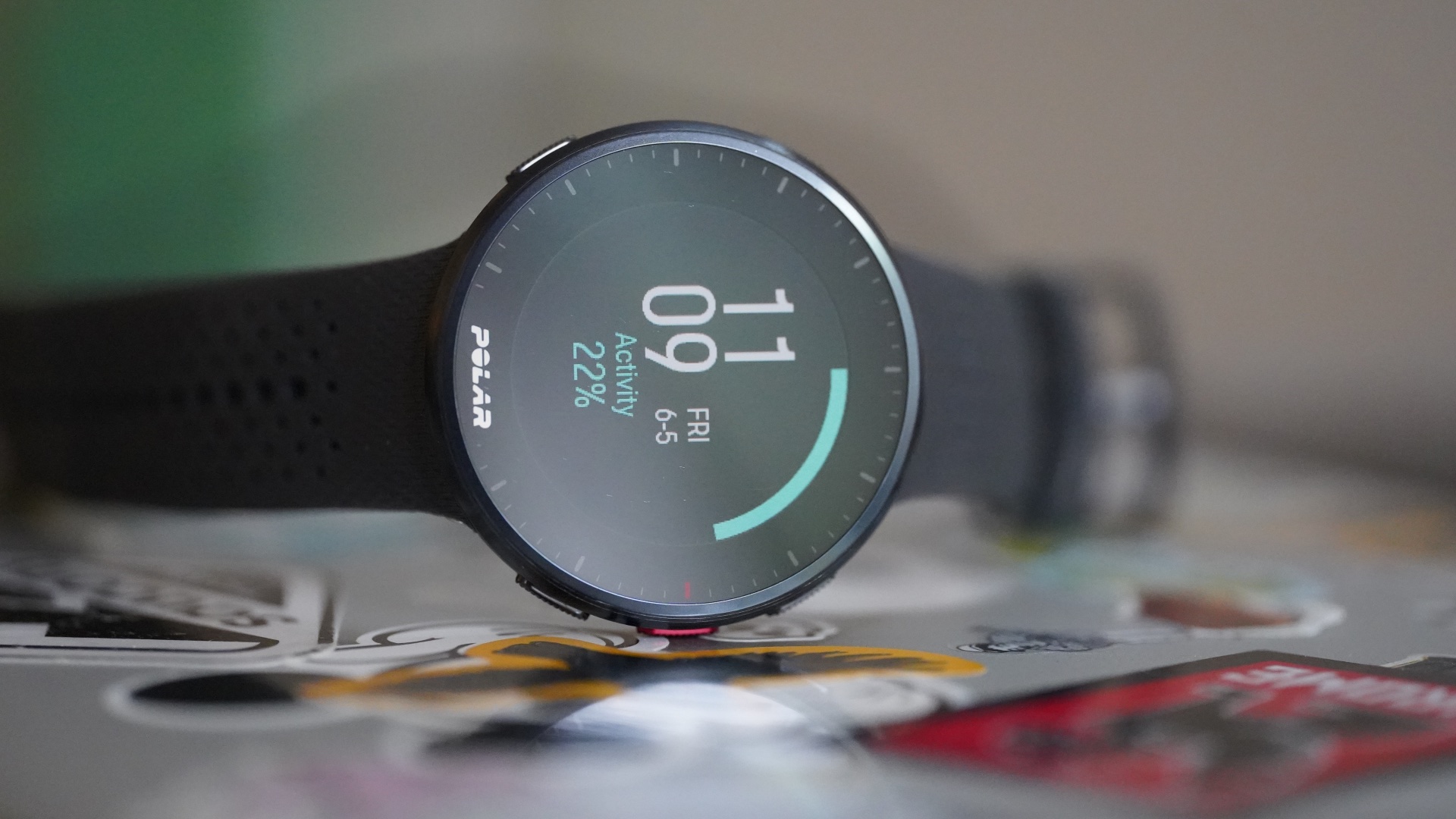

Specifications
Reasons to buy
Reasons to avoid
The Pacer Pro is one of the best Polar watches, especially if you aren't too keen on touchscreen operation. The new screen is bright and easy to read in broad daylight. The Pacer Pro also works faster than the Vantage M2, its closest predecessor, which is evident in screen transitions and load times. The addition of extra features, such as running power and the different tests, was also a good call from Polar and further increased the 'getting your money's worth' appeal of the Pacer Pro.
Sadly, once you zoom out and look at the broader running watch market, things will immediately look less rosy for the Pacer Pro. There are numerous AMOLED running watches for the same price (e.g. Huawei Watch GT Runner) or cheaper MIP wearables with a more robust training ecosystem (e.g. COROS Pace 2) – why would you choose the Pacer Pro over these? On the bright side, the Pacer Pro is a decent mid-range multisport watch, so if you're on the market for one of those, by all means, get the Polar.
Read our full Polar Pacer Pro review.
How to choose the best running watch for you
Choosing the best running watch involves considering several factors to match your needs and preferences. Firstly, determine your primary use: Are you training for a specific race, aiming to improve fitness, or just tracking casual runs?
Next, look for essential features like GPS for distance tracking, heart rate monitoring, and waterproofing. Additional features such as music playback, NFC payments, and advanced performance metrics may also be important to you.
Consider how long the battery lasts, especially if you're running long distances or participating in ultramarathons. Ensure the watch feels comfortable on your wrist and won't cause discomfort during long runs. Adjustable straps and lightweight designs are beneficial.
Check if the watch is compatible with your smartphone and fitness apps for seamless data syncing and access to additional features. Set a budget based on the features you need, prioritising those most important to you within your budget.
Consider reputable brands known for reliability, accuracy, and good customer support, such as Garmin, Polar, Suunto, and Coros. Read reviews and seek recommendations from other runners or online communities to learn about real-world experiences with specific models.
How we test the best running watches
T3's running watch test is a labour-intensive process, especially considering
that modern running watches have a slew of features including sleep/SPO2/respiration tracking, contactless payment, smart notifications and stamina measurements, just to name a few.
Hence why we like to test running wearables for at least a few weeks to make sure we have a clear picture of how precisely the sensors and features work and how they perform under rigorous training circumstances.
As well as all this, we examine the companion apps the watches use to check compatibility. And, of course, we compare the running watches to other watches on the market in terms of value for money.
For more info on how we test at T3, read the linked article now.
FAQ
What watches do professional runners use?
Pros often use watches from brands they are affiliated with. For example, Desiree Linden, Eliud Kipchoge and Kílian Jornet are COROS athletes, and Garmin and Polar also sponsor a bunch of top-tier athletes that use their watches for training and racing. Jan Frodeno, Alaister Brownlee and Jim Walmsley are using Wahoo watches.
Are smartwatches good for running?
Yes, smartwatches are beneficial for running, offering features like GPS tracking, heart rate monitoring, and workout feedback. They provide versatility for other activities, sync with apps for data analysis, and include smart functions. Choosing one depends on factors like battery life, durability, and compatibility with preferences and goals.
What is a healthy VO2 max by age?
Healthy VO2 max levels vary by age and fitness level. For adults, average values range from 30 to 60 mL/kg/min, with higher values indicating better cardiovascular fitness. VO2 max typically declines with age, but maintaining regular exercise can help slow this decline. Specific healthy ranges may vary based on individual factors.
Get all the latest news, reviews, deals and buying guides on gorgeous tech, home and active products from the T3 experts

Matt Kollat is a journalist and content creator who works for T3.com and its magazine counterpart as an Active Editor. His areas of expertise include wearables, drones, fitness equipment, nutrition and outdoor gear. He joined T3 in 2019. His byline appears in several publications, including Techradar and Fit&Well, and more. Matt also collaborated with other content creators (e.g. Garage Gym Reviews) and judged many awards, such as the European Specialist Sports Nutrition Alliance's ESSNawards. When he isn't working out, running or cycling, you'll find him roaming the countryside and trying out new podcasting and content creation equipment.